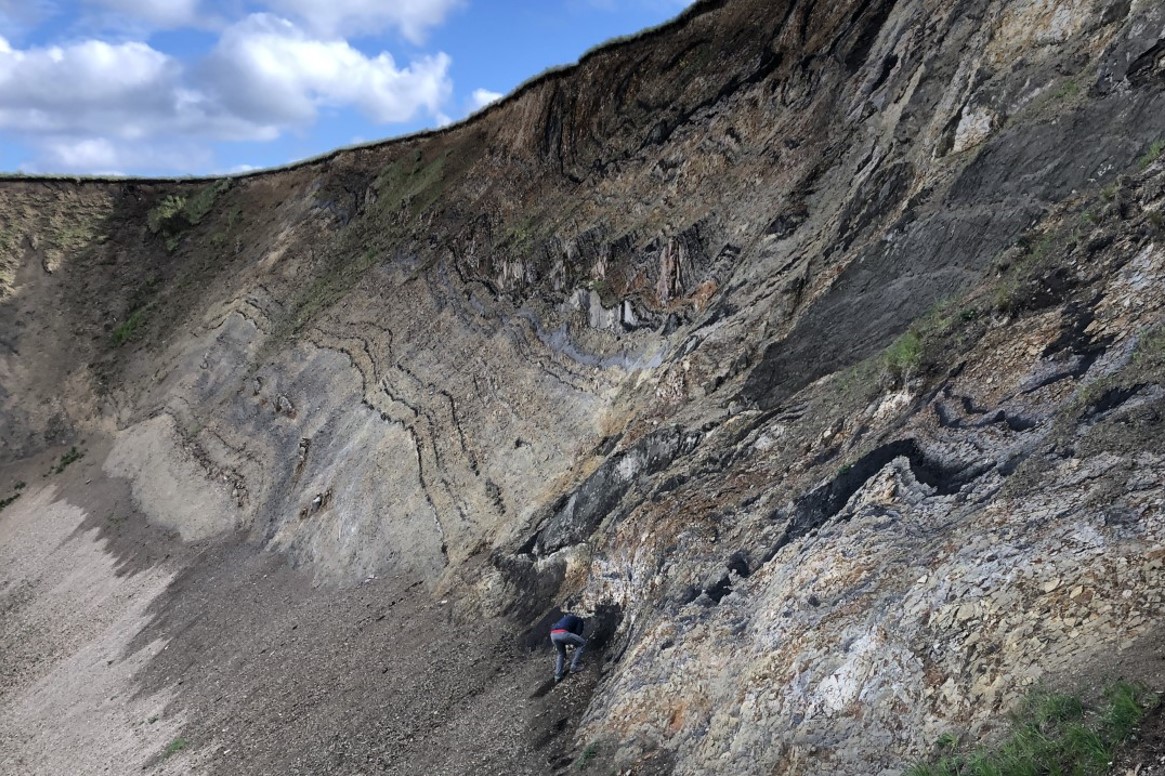With oil prices reaching levels not seen since the 2014 crash, there is no doubt that at some point in time attention will again shift towards those plays that were side-lined when prices tumbled.
The North Sea diatomite play may well be one of those.
As recently presented during the Underexplored Plays Conference organised by FORCE, Sidsel Lindsø from ExploCrowd gave an update with regards to this poorly known but yet intriguing play concept.
Diatomite is a siliceous ooze that consists of diatom skeletons (unicellular pelagic algae). Deposited under marine conditions where siliciclastic input is subdued, diatomite intervals have been found in the Paleoecene to Miocene succession in the Norwegian and Danish sectors. It has porosities of up to 70%, so plenty of room to store some fluids in. However, with permeabilities probably ranging between 0.006 and 0.02 milliDarcy, it is clear where the main problem lies.
As Ciaran Nolan further explained in a comment on LinkedIn last week, an offshore well will probably require initial rates of 3,000 bopd and an ultimate recoverable volume of around 1 MMboe. This seems quite an ask when considering that horizontal and fracked wells from the Belridge diatomite field onshore Southern California only produced 100 bopd after stimulation.

However, as Ciaran further noted in his comment, the diatomites in California seem to be less faulted than the Miocene equivalents in the Norwegian sector, which does lend support to performing an extended horizontal well test and extensively test the productivity of the reservoir in areas where more faulting took place.
What we also know is that diatomites have been the reason for several kicks in wells drilled in the past and could potentially be a drilling hazard.
Given that several billion barrels of oil may be locked up in diatomites, both in Norway and Denmark, there is certainly reason to take an interest in this play with a long term focus.
That is also what Aker BP did. In August 2014 – note the year – well 2/8-G-2 was drilled from existing Valhall facilities and a 57 m cored interval from the Miocene diatomite was cut from around 1,500 m depth. To date it is not known what the follow-up of this well has been, but given the oil price climate of recent years it could be that the project was shelved.
Aragorn

Diatomite reservoirs are not restricted to the North Sea only. Ineos relinquished licence PL1015 in the Norwegian Sea in April 2020 which featured the Eocene Aragorn prospect, thought to be a diatomite reservoir. The main issue flagged with this large closure (see seismic section above) was the likely transformation from opal-A to opal-CT, which comes with an adverse effect on porosity. The company also concluded upon further work that the sand stringers interpreted when the application was made were probably missing after all.
Regional screening
Back to the North Sea, where the seismic brightening effect of oil leakage into the overburden of the Valhall field can be clearly seen in a regional Spectral Decomposition surface produced in the PaleoScan software.

Although the PaleoScan surface as shown here does not represent the depth of the diatomite horizon at Valhall, the technique can potentially be used to screen large areas for the identification of areas where hydrocarbon-bearing diatomite may occur. As Sidsel mentioned in her talk the other day, the ExploCrowd team has already been working up an area of interest within the extent of the model.
And apart from looking for hydrocarbons in diatomite, techniques like this also just allow to gaze at geological features otherwise unseen!
HENK KOMBRINK





